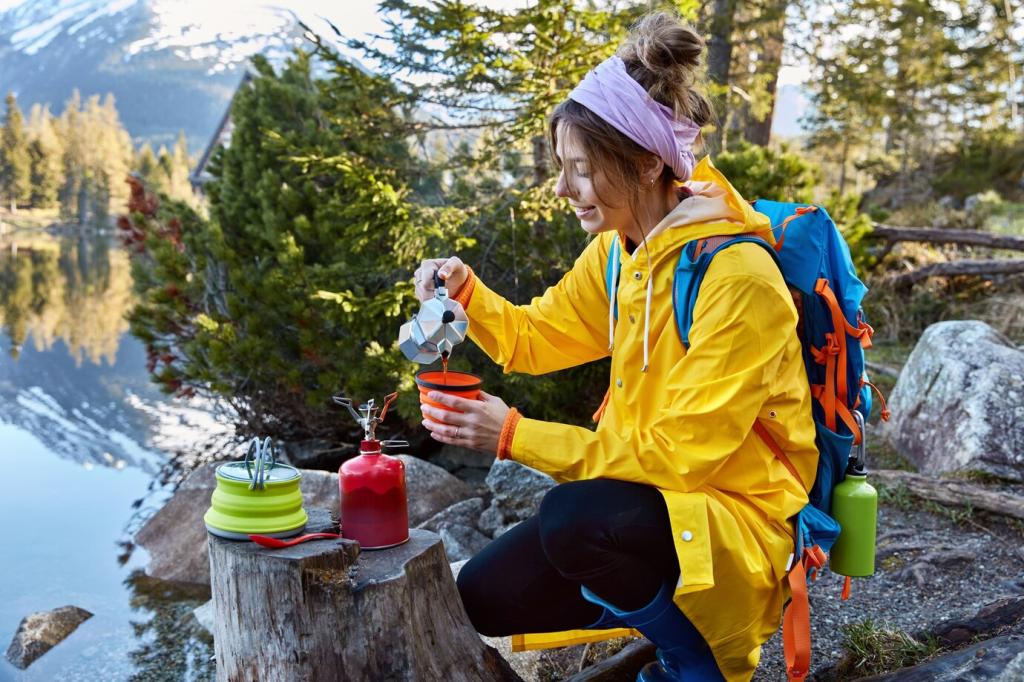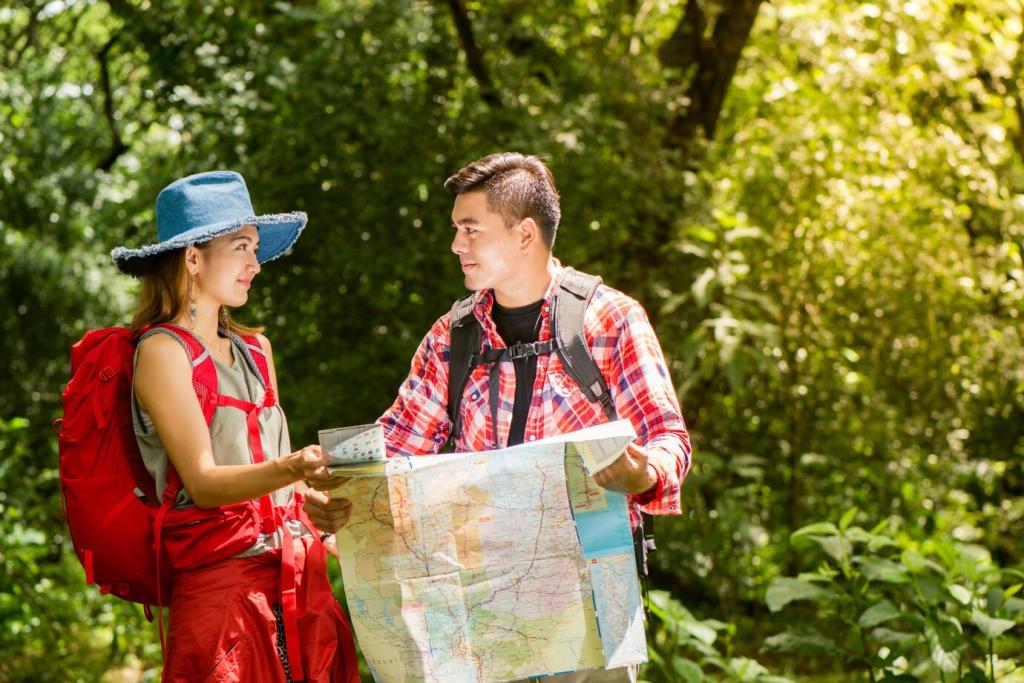Rewilding the Rainforest: Costa Rica’s Monteverde and Osa
Corridors linking Monteverde, Arenal, and the Osa Peninsula let quetzals, tapirs, and even jaguars move safely. Payments for ecosystem services help farmers reforest riparian zones. Visit observation decks, keep to marked trails, and support projects connecting fragments. Share a corridor you walked and what wildlife you spotted.
Rewilding the Rainforest: Costa Rica’s Monteverde and Osa
Costa Rica’s Certification for Sustainable Tourism audits energy, water, waste, and community impact. Look for properties with robust wastewater treatment, native landscaping, and fair employment. Ask front desks where fees go. Post your favorite CST-certified stay below, and tell us one practice every lodge should adopt.


